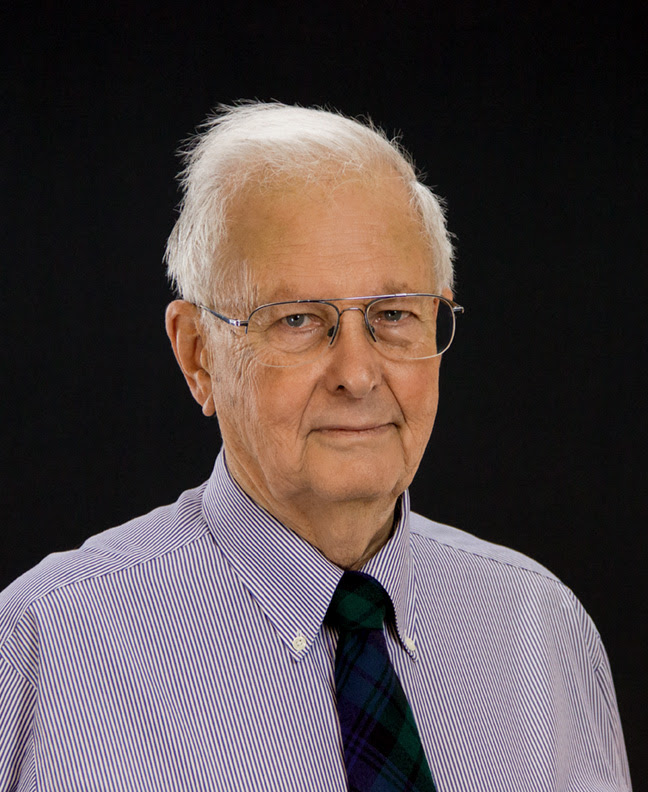While Americans and people around the world will mark the anniversary of the historic Apollo 11 moon landing on Saturday, a 50th birthday of sorts will be celebrated. The Lunar Laser Retro-Reflector “turns 50” on Saturday, and has the distinction of being the only piece of Apollo 11 equipment still in operation at the landing site at the Sea of Tranquility. And the scientist who created and developed it has Indiana roots.
 The Lunar Laser Retro Reflector was developed by Dr. Jim Faller, an Indiana native who was born and raised in Mishawaka. He came up with the idea while he was a graduate physics student at Princeton University. Manufactured by Heraeus and Bendix Corporation, Faller’s work was one of the first experiments to allow scientists and astrophysicists to accurately measure the distance between the Earth and the Moon, down to less than a single millimeter (or 100 strands of human hair). The knowledge gained from that laser ranging over the years helped advance the development of GPS technology.
The Lunar Laser Retro Reflector was developed by Dr. Jim Faller, an Indiana native who was born and raised in Mishawaka. He came up with the idea while he was a graduate physics student at Princeton University. Manufactured by Heraeus and Bendix Corporation, Faller’s work was one of the first experiments to allow scientists and astrophysicists to accurately measure the distance between the Earth and the Moon, down to less than a single millimeter (or 100 strands of human hair). The knowledge gained from that laser ranging over the years helped advance the development of GPS technology.
“The work of Dr. Faller was invaluable for GPS technology,” said Dr. Todd Jaeger, Global Director of Commercial Optics for Heraeus, and a former laser ranging research scientist for NASA’s Goddard Flight Center. He added, “If the Lunar Laser Retro-Reflector experiment had not been selected for Apollo 11, or was not successful, it is doubtful the development of GPS would have advanced as quickly as it did. We might be still be using paper road maps in our cars or stopping at gas stations to ask for directions.”
 Since its introduction to the general public in the early 1980s, GPS does more than save time and reduce fuel consumption for commuters: a new study by RTI and NIST, the National Institute of Standards & Technology), revealed that the use of GPS has enabled U.S. industries to save $1.3 trillion since 2010.
Since its introduction to the general public in the early 1980s, GPS does more than save time and reduce fuel consumption for commuters: a new study by RTI and NIST, the National Institute of Standards & Technology), revealed that the use of GPS has enabled U.S. industries to save $1.3 trillion since 2010.
By sending a high-powered beam of laser light at the reflector, scientists could capture the travel time the light would take to travel to the Moon and back to Earth (approximately 2.5 seconds) and calculate the distance between the two bodies within a millimeter. The reflecting capabilities of the 100 reflecting mirrors were made possible by the ultra-high purity fused silica from Heraeus, one of the purest man-made materials in the world (it is so pure that the human eye could clearly see through a slab as thick and as deep as a football field).The experiment helped scientists better understand the gravitational forces influencing and interconnecting the orbits of the Earth, Sun, the Moon and space satellites, which are essential for the accuracy of GPS technology. Without this vital knowledge, the complex global network of space satellites and the Earth stations would not remain synchronized, causing GPS to be out of sync in a matter of minutes.
A few birthday facts of Dr. Faller’s experiment include:
- NASA required Dr. Faller to sign documentation that it would have a 10-year lifespan.
- The experiment was featured in a Season 3 episode of The Big Bang Theory sitcom (The Lunar Excitation). However, if you wanted to recreate the experiment at home and do your own laser ranging, the 3.5 meter high-powered telescope would cost you somewhere in the range of $10 million and take you days or even weeks to set up the necessary equipment.
- The experiment is the ultimate myth-buster for to counter conspiracy theorists that the moon landing was a hoax. It proved that a piece of man-made equipment was deployed on the lunar service by an astronaut (robotics technology was not sophisticated enough in 1969), and ranging scientists around the world have taken measurements using the retro-reflector, confirming its existence.














